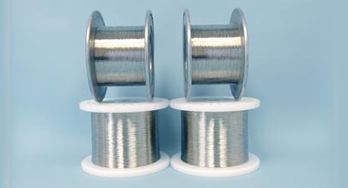Choosing a conductor cross-section type is difficult enough, but you must then think about the conductor plating or coating option you will choose when that is finished. Four common coating types are used for conductor plating. It would help if you made your choice based on your application needs. The four plating types include:

Tin-Plated
This plated wire offers strong resilience against corrosion from moisture (humidity). It is also used because it has great solderability and crimp contact resistance. When using these materials, it is important to keep a close eye on the plated wire’s status because when left unchecked, it can deteriorate.
Nickel-Plated
This type of wire is used because it offers the highest possible service temperature (460°C). Unfortunately, this material’s electoral conductivity is substantially weaker than copper. To achieve successful solderability, you must use an active flux.
Silver-Plated
This plating type is widely known for its strong solderability and high crimp contact resistance. These characteristics remain stable over the entire life of the wire. This plating material is commonly used in many mil-aero applications because of their corrosion protection in mil-spec environmental conditions. Keep in mind that its maximum service temperature limits a silver coating. It cannot achieve the same temperatures as nickel-plated wire.
No Coating
Copper wire, on its own, has many beneficial characteristics. Straight and cut wire are typically made this way. As a result, it does not always need to be plated. When no coating is used, copper is prone to corrosion and oxidization (even in small amounts of moisture). In time, corrosion creates increased resistance and open circuits.

 Technical Data
Technical Data


